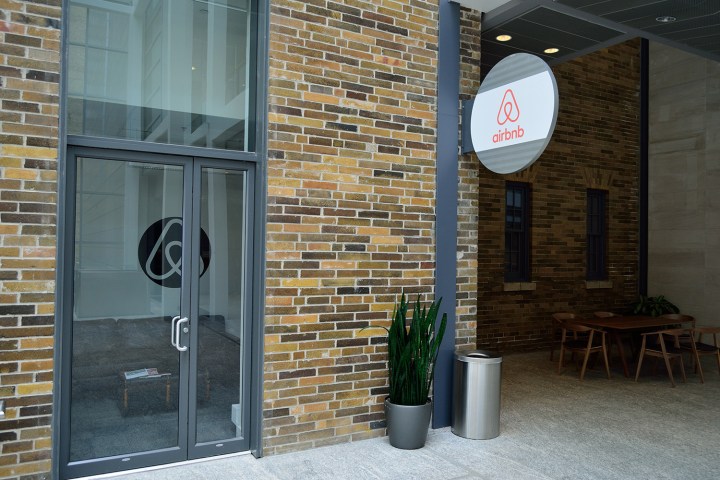
One of the first things the author does is recount the now-legendary origins of Airbnb. In 2007, two unemployed art school grads — Brian Chesky, the enigmatic CEO and his roommate and co-founder Joe Gebbia — came up with an unconventional way to pay their rent by renting out air mattresses in their flat during a busy design conference in San Francisco. Literally, an “air bed and breakfast” was born. Soon after, Harvard grad Nate Blecharczyk joined as Chief Technology Officer and they were off to the races. Slowly, that is, with several false starts before the company started really hitting the cultural zeitgeist in 2008, when Gallagher first heard about the company.

“I don’t cover Silicon Valley day in and day out but the Airbnb story stood out for so many reasons,” Gallagher told Digital Trends. “First, its growth was incredible. You can’t have that kind of explosive growth without striking a chord with consumers. The other thing that struck me about Airbnb was that the founders really are outsiders. They come from a completely different perspective because Airbnb isn’t a product that anyone in the travel industry would have imagined.”
For the book, Gallagher also does a deep-dive analysis into why the Airbnb product — which at its core is simply a real estate brokering agency — resonated so strongly with its community. Even as hoteliers scoffed and communities struggled with the legality of homestays.
“The great recession made it so people were looking for a cheap way to travel or a cheap way to make money from their homes”
“There were competitors but the product was a little different,” Gallagher explained. “They really popularized sharing the space with somebody who was there. That made it more of a community; because you had a lot of interaction with the person you were hosting or staying with, it made it a more personal experience. They also took a cut of the transactions, which was one way they were able to really boost the business model.”
Another factor, said Gallagher, was timing and taste, especially among newly adult millennials.
“The great recession made it so people were looking for a cheap way to travel or a cheap way to make money from their homes,” she added. “They also had this brand-new audience, a very large one, in the millennial generation — these were people still unclaimed by the hotel industry. They had different tastes: anti-corporate, counter-cultural, and they liked adventures and anything artisanal so Airbnb really spoke to them at a critical moment.”
These days it’s hard to view the Airbnb experience as quaint. While sitting on a $30 billion valuation, the company recently announced Richard Branson’s island as a listed rental, and celebrities ranging from Gwyneth Paltrow to Beyoncé are fans of the service. Nevertheless, Gallagher says these developments don’t differ from the company’s original mission.

“Getting from rooms in people’s houses to islands and treehouses happened pretty early on,” she said. “The company definitely had a hand in introducing celebrities to unique properties, but with some of the more original destinations, it was more organic. People started to see it as this whimsical creative process, getting to stay in a turret in a castle or a boat or a windmill became a thrill and it was a huge part of the company taking off.”
Gallagher first heard about the company and was initially skeptical. It wasn’t until she first met Brian Chesky in 2012 when she was asked to interview him on stage at a technology conference that she found him much different than other acknowledged leaders she met in the industry.
“I think I might have seen him in a different light because I’m used to looking for big, sweeping trends,” Gallagher explained. “I was very skeptical. I rolled my eyes and wondered what it was about these tech companies that they think they can take an old idea, gloss it up, and reissue it into the marketplace. I learned not to be so dismissive. Brian is interesting. I call him ordinary in the book, simply because he once described himself that way to me, but I think he always had this kind of vision.”
So what’s next for Brian Chesky and Airbnb? It’s hard to say but there’s always something new developing — Chesky even coined a phrase for it: “The thing after.”
“He uses that phrase to say that they’re doing something so different that it’s not even in the same category,” Gallagher added. “Airbnb is the thing after mass production. Or the new Trips product (an experiential version of Airbnb), which Brian says is the thing after travel. I think it’s going to be interesting to see what happens with the Trips product and some of the other things Airbnb has up its sleeves. It’s bold ambition but people know Airbnb for one thing only. Now it’s trying to break out of that mold and it will be interesting to see what happens next.”
Available via Amazon, The Airbnb Story comes as either a hardback or Kindle audio version.


